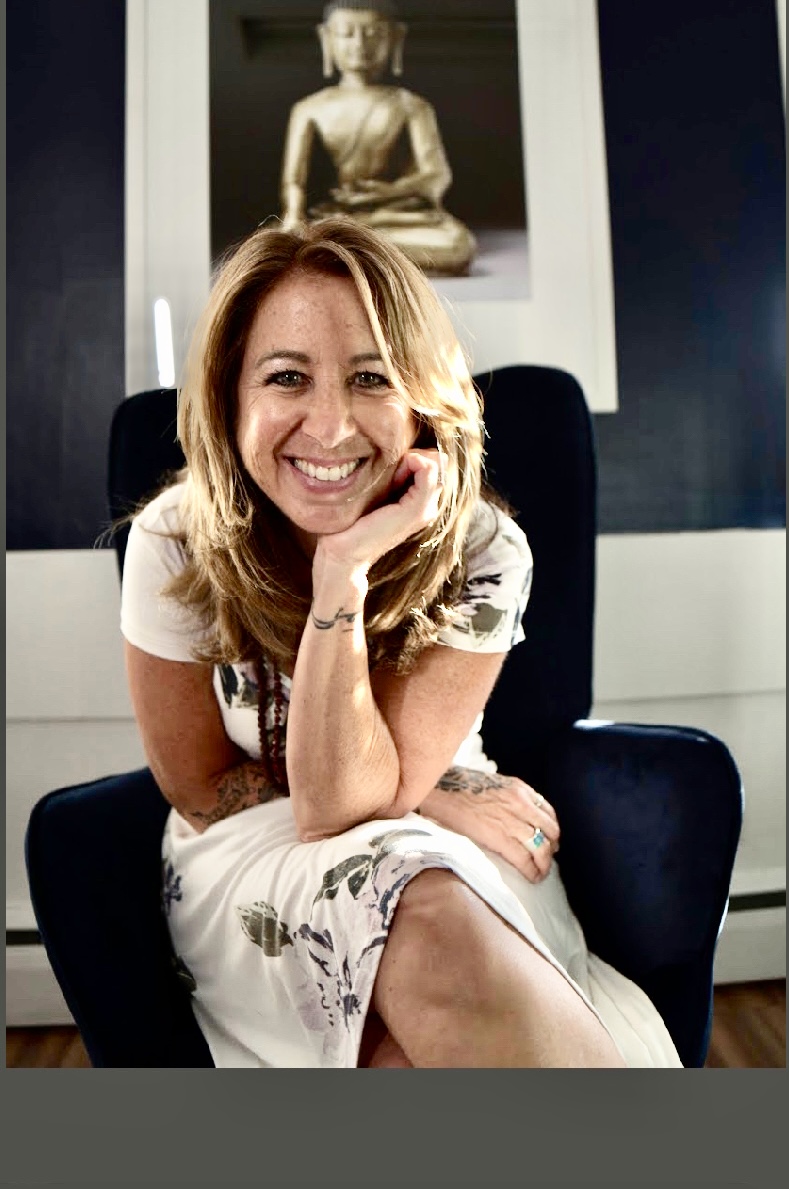
Cranial Sacral Therapy for Concussion & Post-Concussion Syndrome
- Andi Davidson
- Jun 22
- 2 min read
Cranial Sacral Therapy for Concussion & Post-Concussion Syndrome
5 Ways Gentle Touch Accelerates Brain Recovery
Discover how cranial sacral therapy supports concussion & post-concussion recovery—five evidence-informed benefits plus self-care tips for Hamilton clients.
Gentle, head-to-sacrum touch can boost cerebrospinal-fluid flow and ease cranial membrane tension.
Sessions help shift the body from “fight-or-flight” to restorative parasympathetic mode, supporting neuroplastic healing.
Clients commonly report fewer headaches, clearer thinking, and deeper sleep within a short treatment series.
CST is drug-free and pairs well with physio, vision therapy, and counselling.
Look for a qualified RMT/craniosacral therapist—especially if you’re within driving distance of Hamilton.
Why Concussion Symptoms Linger
Even after the brain stops “rattling,” people can face headaches, dizziness, fogginess, and mood swings for months (or years). Research links these symptoms to:
lingering inflammatory metabolites trapped in cerebrospinal fluid (CSF)
dural membrane tension that constricts blood & lymph flow
an “always-on” sympathetic nervous system that blocks rest & repair
Cranial Sacral Therapy (CST) aims to address all three.
What Is Cranial Sacral Therapy?
Originating from osteopathy, CST uses 5-gram (nickel-weight) touch along the skull, spine, and sacrum to feel for—and gently release—restrictions in the craniosacral system (bones, membranes, and CSF). Studies show these releases can measurably change heart-rate variability—a marker of autonomic balance.
5 Ways Gentle Touch Accelerates Brain Recovery
1. Uncorks Cerebrospinal-Fluid Flow
Subtle traction at the occiput and sacrum can enhance the natural “craniosacral rhythm,” helping CSF wash metabolic waste from neural tissue—crucial after a concussion.
2. Relieves Dural & Fascia Tension
Post-impact, intracranial membranes tighten like shrink-wrap. CST releases these sheaths, improving blood and lymph circulation that nourish healing neurons and calm headaches.
3. Calms Sympathetic Overdrive
Light, sustained contacts stimulate vagal pathways, nudging the body into “rest-and-digest.” Pilot studies show significant shifts in HRV toward parasympathetic dominance after CST.
4. Restores Cranial Micro-Mobility
Concussive forces can jam sutures and cervical fascia. Gentle decompression re-balances pressure gradients, often easing vertigo and photophobia within a few sessions. Case studies in athletes back this up.
5. Integrates Mind–Body Awareness
Sessions invite deep interoception—clients notice subtle pulses, emotional release, and improved sleep quality, all linked to better neuroplastic outcomes.
What to Expect in a Session
60-minute, fully clothed table work in a quiet room
Assessment of cranial rhythms, dural drag, and cervical mobility
Series of feather-light holds from feet to cranium
Typical plan: 4–6 weekly visits, tapering as symptoms improve
Safety: CST is non-invasive; most clients feel only relaxation. Contraindications include recent skull fracture or increased intracranial pressure—your RMT will screen thoroughly.
Home Tips Between Appointments
Hydrate to keep CSF moving.
Diaphragmatic breathing × 5 min, 3-times-daily, to reinforce parasympathetic tone.
Dark-room rest after screen time to reduce neural load.
Neck-stretch micro-breaks every 30 min if you’re back at work or school.
Ready to Feel the Difference?
If lingering concussion symptoms are limiting your life, book a Cranial Sacral Therapy | Concussion & Trauma Recovery session today.
Learn more → https://joytherapy.ca
Book online → /contact






Comments